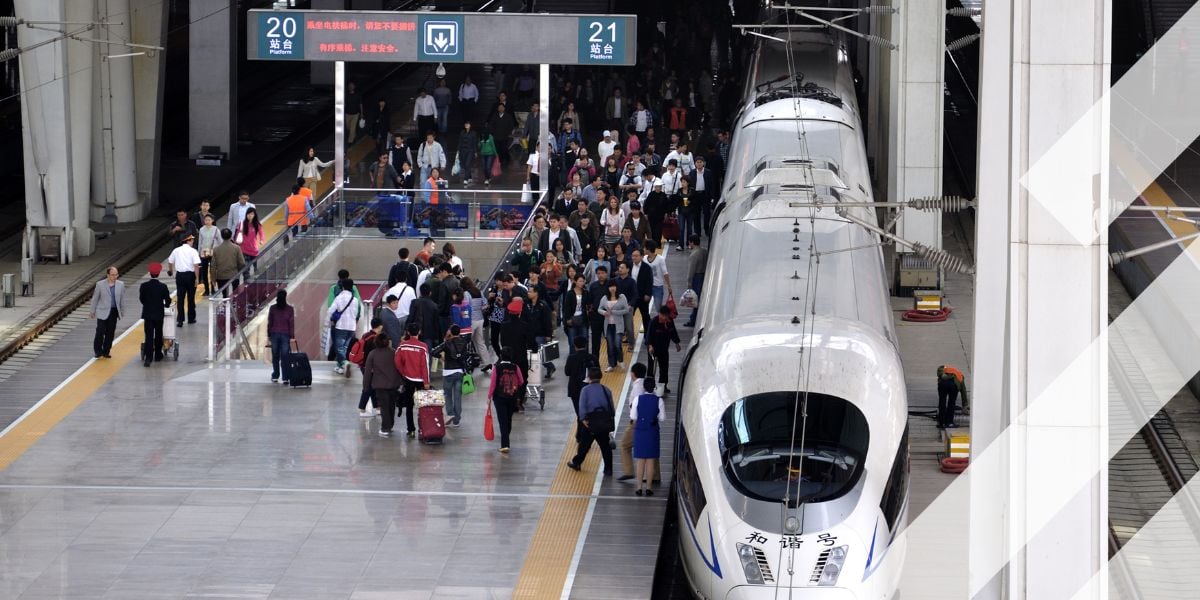Operation bridge safety
Preventing bridge collapse with advanced structural health monitoring and weigh in motion technologies - from Kistler.
Over 250,000 bridges in the US are more than 50 years old and 150,000 are already classified as deficient or obsolete. If the damage worsens, authorities may need to close them, causing major traffic disruptions.
Structural health monitoring (SHM) or condition monitoring can help to prevent closure by using advanced measurement technology, such as accelerometers and strain gauges to track movements, vibrations and stress on the bridge structure. These sensors detect damage caused by heavy traffic, wind, and temperature changes, providing early warnings of corrosion or wear and tear, extending bridge lifespan and ensuring increased safety.
Bridge protection through SHM

To gather essential data, bridge engineers position sensors at key points. Some accelerometers measure vibrations in the concrete piers while others monitor changes in the bridge’s natural frequency, indicating potential damage. Key factors like sensitivity, frequency range, temperature stability, and linearity affect the quality of results. Sensors must therefore provide accurate data in all weather conditions, including snowstorms, heat waves, and downpours. Kistler offers accelerometers with a frequency range of 0Hz to 1500Hz and an operating temperature of -55°C to +125°C for precise data collection.
Measurement results are then stored in the cloud in real-time, allowing engineers to assess bridge conditions anytime. “Short-term condition monitoring provides bridge owners with insights into structural health and failure probabilities, forming a reliable basis for predictive fund allocation,” says JT Kirkpatrick, head of sales, North America, infrastructure, Kistler. “Long-term monitoring offers continuous data, enabling authorities and bridge owners to plan maintenance and new construction effectively.”
Protecting bridges with WIM
Overloaded vehicles pose a significant challenge for bridges, increasing stress on their structures. As vehicle weights rise, overloaded trucks cause even more strain, and weight restrictions are often ignored. Kistler’s weigh in motion (WIM) solutions help Departments of Transportation (DOTs) and bridge owners tackle this issue. In November 2023, the New York City DOT launched the nation’s first automated direct enforcement program on the Brooklyn Queens Expressway (BQE) to reduce wear on the mid-20th century triple cantilever. A bill signed by Governor Kathy Hochul in July 2023 allows the DOT to issue tickets based solely on WIM data, a first in the United States.
The WIM system in use is based on the piezoelectric principle and measures the weight of moving vehicles on the road in real time. Thanks to the piezoelectric quartz WIM sensors the data is extremely accurate (up to 2%), maintenance-free, unaffected by temperature fluctuations and stable over time. The quartz crystal of the sensor is extremely robust and can withstand axle loads of 30 tons or more. It shows almost zero deflection and benefits from extremely high natural frequency and excellent linearity over a wide amplitude range.
The lightweight Lineas quartz sensors can be easily integrated into various pavement types, requiring only a 45mm installation depth for minimal disruption. Once installed, they measure axle loads and total vehicle weight in milliseconds at speeds up to 120km/h. Bridge owners and engineers receive WIM sensors as stand-alone solutions or as part of a complete system that includes cloud connectivity. This allows for comprehensive data collection on road usage and loads, enabling traffic load analysis to assess life expectancy. Additionally, the system can help prevent overloaded vehicles from accessing bridges and support weight-based tolling.
Saying “no” to overloaded trucks in New York City
Before ticketing overloaded trucks on the BQE, the DOT implemented a 90-day warning period. “Once the WIM system was installed, it revealed that one overloaded truck crossed the bridge every minute, many significantly over the limit,” says Kirkpatrick. During this period, the number of overloaded trucks decreased by about 55%. On November 9, the DOT began issuing fines. “The DOT is pleased that fines are lower than expected. It’s not about collecting money but ensuring the safety of those using the bridge,” Kirkpatrick adds.
AI technology meets bridge protection
The combination of WIM and SHM provides bridge engineers with an enhanced solution. Kirkpatrick states, “They can monitor bridge movement, vibration, and deflection while collecting real-time data on total loads and overloaded trucks. This enables accurate calculations of a bridge’s remaining life expectancy, rather than relying solely on standard load assumptions.” Additionally, it gives bridge owners critical information, such as whether traffic can be safely diverted to one side.
In the future, WIM and SHM could be enhanced with third-party technology to provide more detailed data on heavy traffic across states. AI can aggregate and analyse this data, enabling informed traffic management to ensure safety on roads, highways, and bridges. Kistler is collaborating with an AI specialist to integrate these technologies. “Together, we can identify and classify vehicles and assess how overloaded trucks affect infrastructure. In the future, AI combined with cameras could reveal the exact routes of overloaded vehicles and help track uninsured motorists,” concludes Kirkpatrick.
This article was first published in Intertraffic World 2025 magazine. To read the full issue, click here.





